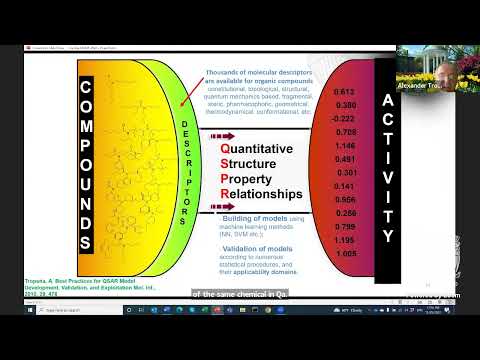Description:
Learn about cutting-edge methods and models for predicting chemical toxicity in this 36-minute lecture by Professor Alexander Tropsha, an expert in computational chemistry and cheminformatics. Explore the proliferation of non-animal testing methods, computational and in vitro toxicology trends, and major approaches to toxicity prediction. Examine structural alerts and QSAR models, focusing on examples like cardiotoxicity prediction. Discover integrative approaches combining structural alerts and QSAR models for chemical safety assessment. Delve into advanced techniques such as the Descriptor Integration approach and Chemical-biological read-across (CBRA). Understand the importance of rigorous validation in QSAR modeling workflows and learn about computational models for predicting outcomes of acute toxicity tests. Gain valuable insights from Professor Tropsha's extensive experience in biomolecular informatics and computer-assisted drug design.

Methods and Models for Chemical Toxicity Prediction - 2022
Add to list